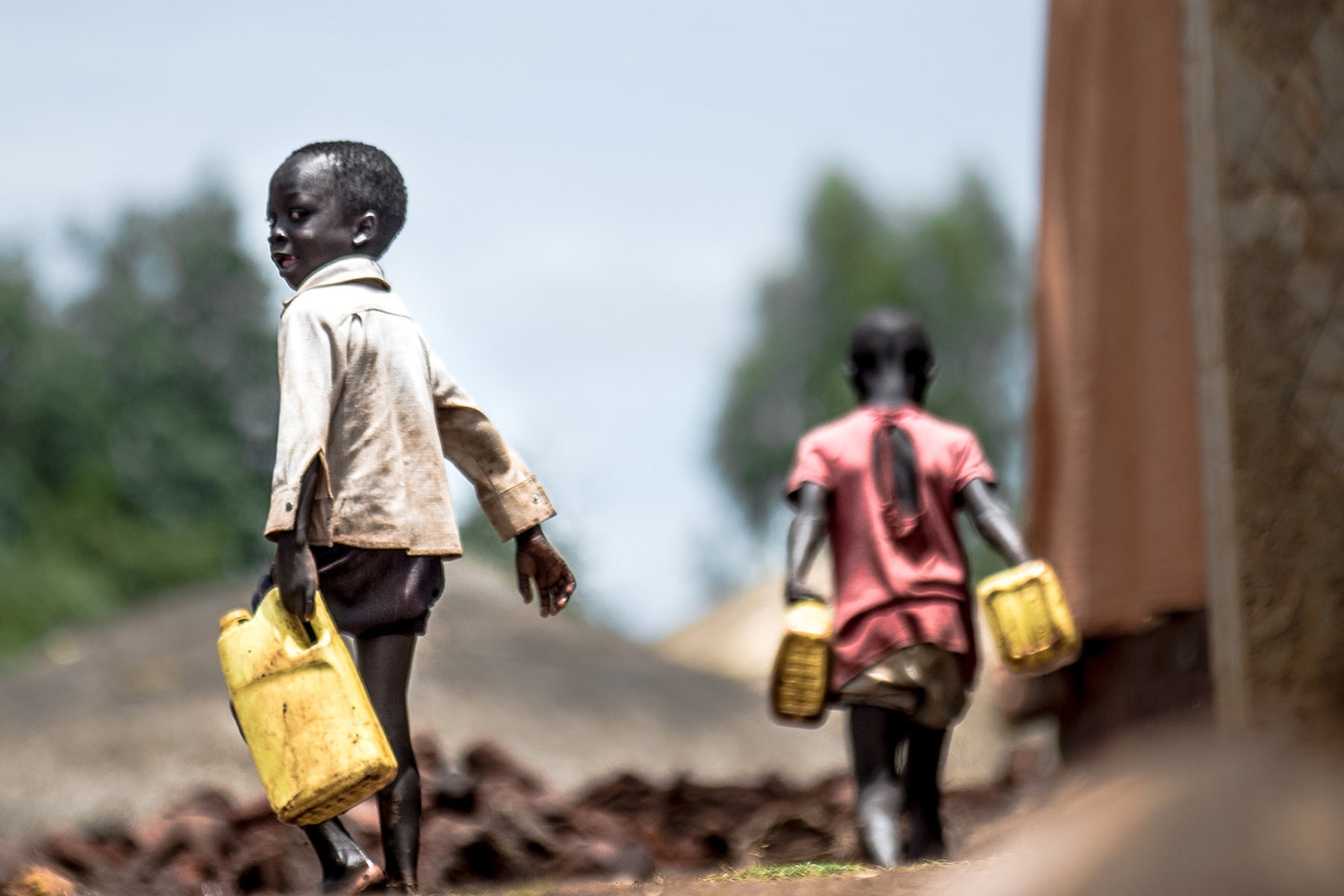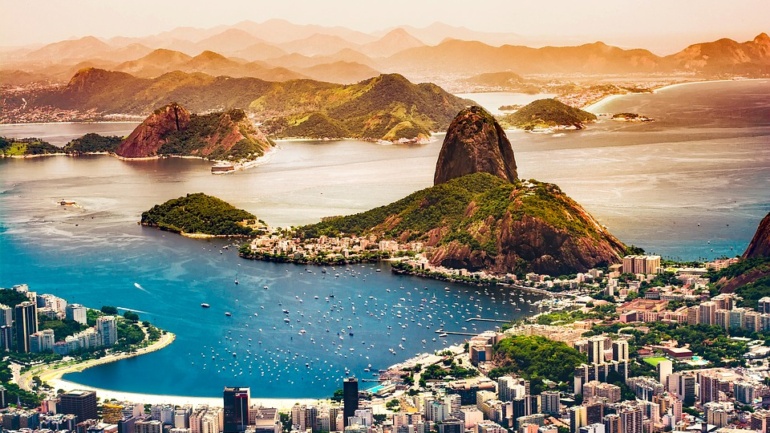By Suraj Rajendran, Staff Writer for Save The Water™ | March 8, 2016
Problem
Water scarcity has long been an issue for human existence. Over 1.2 billion people, on all of the continents, live in regions termed “areas of physical scarcity”. Five hundred million additional people are approaching the same situation. Another 1.6 billion people face an economic shortage. The water that isn’t in shortage isn’t as innocent as it seems, either. Inadequate sanitation is a major problem for over 2.4 billion people around the world, giving prevalence to diseases such as cholera, typhoid, and other water-borne illnesses5.
It would seem with the technology and fairly unified global community that we have in our 21st century, water scarcity shouldn’t be such a massive issue. We even have enough freshwater on Earth to properly sustain the livelihoods of over seven billion people5. Unfortunately, this water is not divided up efficiently and what is divided up ends up getting polluted past the point of consumption.
To begin a conversation about water scarcity, it is first important to define it. In layman’s terms, water scarcity is either the lack of enough water (quantity) or lack of access to safe water (quality). Hydrologists differentiate water scarcity from a different concept called water stress. An area is experiencing water stress when the yearly water supplies drop below 1,700 meters cubed per person. When annual water supplies drop below 1,000 meters cubed per person, the population faces water scarcity, and below 500 meters cubed is “absolute scarcity”–simply put, it comes down to numbers. Water scarcity itself is broken down further based on certain characteristics5. An economic scarcity occurs when water resources are available but not readily; a country or region doesn’t have the necessary infrastructure or wealth to bring in safe water. On the other hand, a physical scarcity is when there isn’t enough water to give. Symptoms of water scarcity include severe environmental pollution, declining groundwater levels, and increasing problems of water divisions where some groups win at the expense of others2.
Causes
There are many causes of water scarcity, both natural and human-made. The most obvious ones are the overuse of available sources of water. In general people tend to use water excessively on people, animals, land, and recreational activity2. One example of overuse is the case of agriculture. In fact, China, India, Mexico, and many Near East and North African nations seem to suffer from this problem. Another issue is water pollution. Without going much into it, water pollution can range from oil to carcasses, to chemicals, and to fecal matter. Violence and conflict also play a vital role in affected regions; it is often impossible for civilians or other inhabitants to acquire non-polluted water in times of distress. A physical constraint that is especially pronounced in the Sub-Saharan region is distance3. Areas that are many miles from a source of water, with no infrastructure to transport that water, will essentially be left to dry. From the natural phenomena that affect water resources, drought is a major contender, alongside climate change. Areas with perpetual drought tend to show large amounts of disturbances associated with water2.
As much as it’s depressing, the effects of water scarcity amount to the number of causes it has. Aside from the human body needing water to function in a basic way, it will also be vulnerable to many diseases. Because the body isn’t able to function normally, it will not be able to defend foreign matter that comes from spoiled sources of water and elsewhere3. Unclean water or limited resources of water will also result in lower sanitation in general as both the sewage system and daily meals require water to serve their purpose nicely. This begins a tumultuous process where the absence of food, water, and proper living conditions lead to hunger and poverty. As long as water scarcity is not solved, a vicious cycle will be formed for future generations to enter1.
Action
The United Nations has not only been aware of the water crisis at hand but it has taken numerous steps to help the world cope with the issue. The first is the development of UN-Water, a mechanism coordinating the actions of the United Nations at implementing the agenda set by the Millennium Declaration related to freshwater. Briefly stated, the Millennium Declaration promotes adequate use and treatment of water based on several guidelines. The complete Millennium Declaration can be seen on the United Nations website. UN-Water has formed itself a stance in the United Nations by forming partnerships with other UN agencies. It calls for “coordinated action within the UN system and with other partners and stakeholders – including organizations from the public and private sectors, civil society, and labour – as part of a global, comprehensive effort”5.
Along with the organization, there have been many efforts by the United Nations to raise awareness of the issue at hand. The first of many is World Water Day. World Water Day, which is held on March 22nd, is dedicated to the theme “Coping with water scarcity”. It highlighted the increasing significance of water scarcity worldwide and the need for increased integration and cooperation to ensure sustainable, efficient and fair management of scarce water resources, both at international and local levels. Another example of the United Nation’s attempt to raise awareness is seen World Day to Combat Desertification in 2013. Its slogan embodies the message that “we are all responsible for water and land conservation and sustainable use, and that there are solutions to these serious natural resource challenges”5.
Recent United News
Just recently, the UN secretary general Ban Ki-moon has convened a panel of heads of state to prompt a political solution to the ever-growing crisis of water scarcity. “Water is a precious resource, crucial to realizing the sustainable development goals, which at their heart aim to eradicate poverty,” said Ban. “The new panel can help motivate the action we need to turn ideas into reality,” he added, implying that countries needed to take the initiative to solve the crises at hand4.
The panel is chaired by the Presidents of Mexico and Mauritius, both leaders of nations that have grave water challenges ahead of them, both economically and physically. Eight other heads of state also help form the panel, with the agenda of creating tangible changes around the world. An example of one of these operations is their attempt to sway the World Bank president, Jim Yong Kim, to fiscally support the mission. “Achieving the water global goal would have multiple benefits, including laying the foundations for food and energy security, sustainable urbanization, and ultimately climate security,” said Kim. “My hope is that this panel accelerates action in many countries so that we can make water more accessible to all”4.
The United Nations believes that there has never been a powerful, coordinated, political momentum concerning the issue. Even when the momentum is present and solutions are many, there is no political incentive or initiation. In other words, issues of water scarcity have never broken through in developing and developed nations. However, Ban-Ki-moon and supporters believe that this is the best time to begin the end of water scarcity4.
Australian Prime Minister Kevin Rudd has encouraged that the panel enforces ties with the private sector in order to acquire the infrastructure needed to tackle the issue. Many left the meeting with a positive glance for the future. Attending the session, Peter Brabeck-Letmathe, chairman of Nestlé and chair of the 2030 Water Resources Group states “The mark of success for the panel will be practical action and tangible impact. Let this be an opportunity to break down silos at the highest level and collaborate with the private sector and others.” Perhaps this may be the first step toward the United Nation’s sight for delivering “water and sanitation for all” by 20304.
References
- Causes, Effects and Solutions of Water Scarcity – Conserve Energy Future. 2015. http://www.conserve-energy-future.com/causes-effects-solutions-of-water-scarcity.php
- Hanasaki, N. December 8th, 2012. “A global water scarcity assessment under shared socio-economic pathways – Part 2: Water availability and scarcity [Scholarly project]. In Hydrology and Earth System Sciences Discussions”. http://bit.ly/2qGngp6
- Hoekstra, A. Y. February 29th, 2012. “Global Monthly Water Scarcity: Blue Water Footprints versus Blue Water Availability”. http://journals.plos.org/plosone/article?id=10.1371/journal.pone.0032688
- Mathiesen, K. January 21, 2016. Ban Ki-moon gathers heads of state for political response to water scarcity. http://bit.ly/1RByuFC
- “Scarcity, Decade, Water for Life, 2015, UN-Water, United Nations, MDG, water, sanitation, financing, gender, IWRM, Human right, transboundary, cities, quality, food security”. 2015. http://www.un.org/waterforlifedecade/scarcity.shtml





